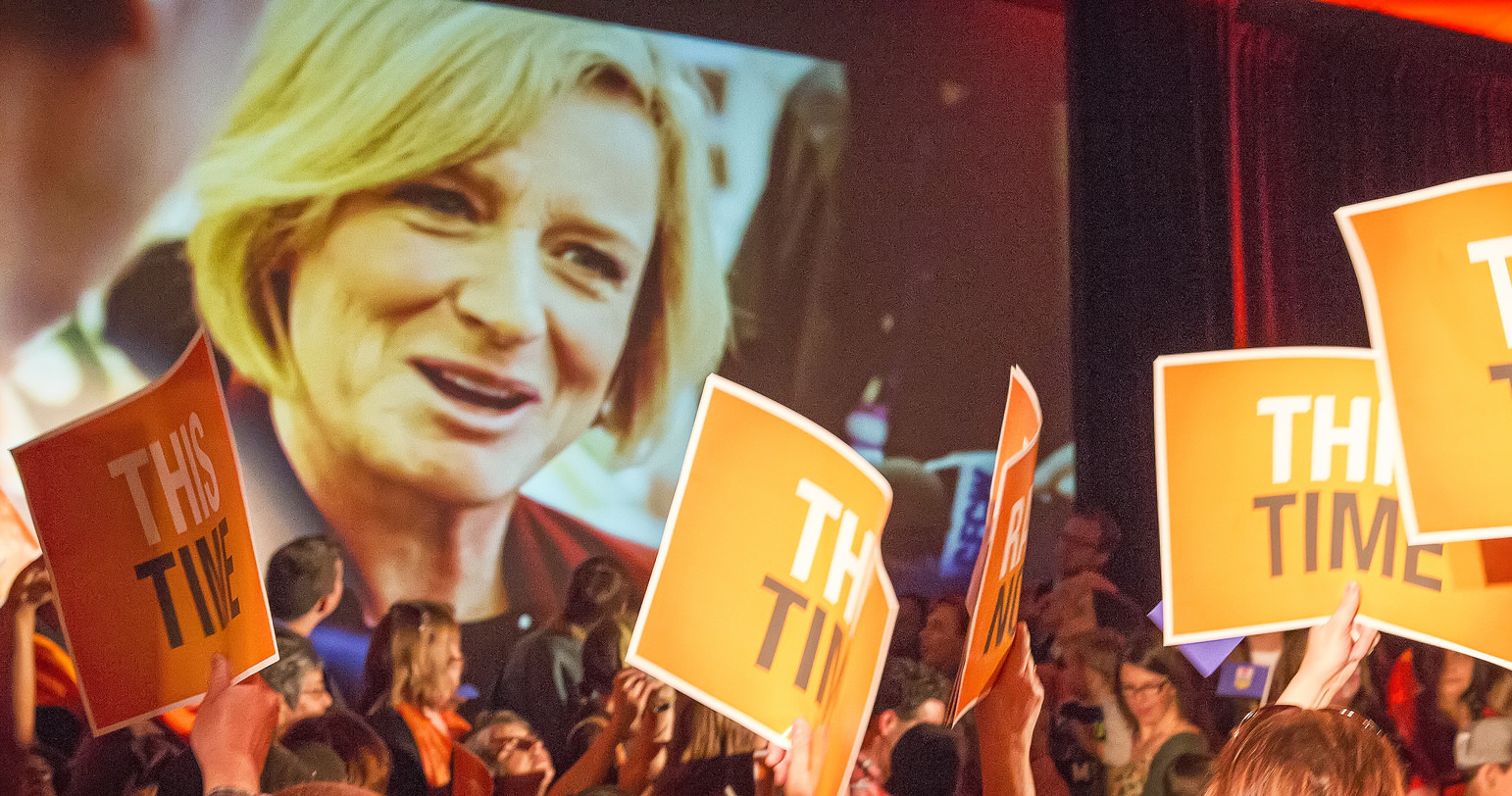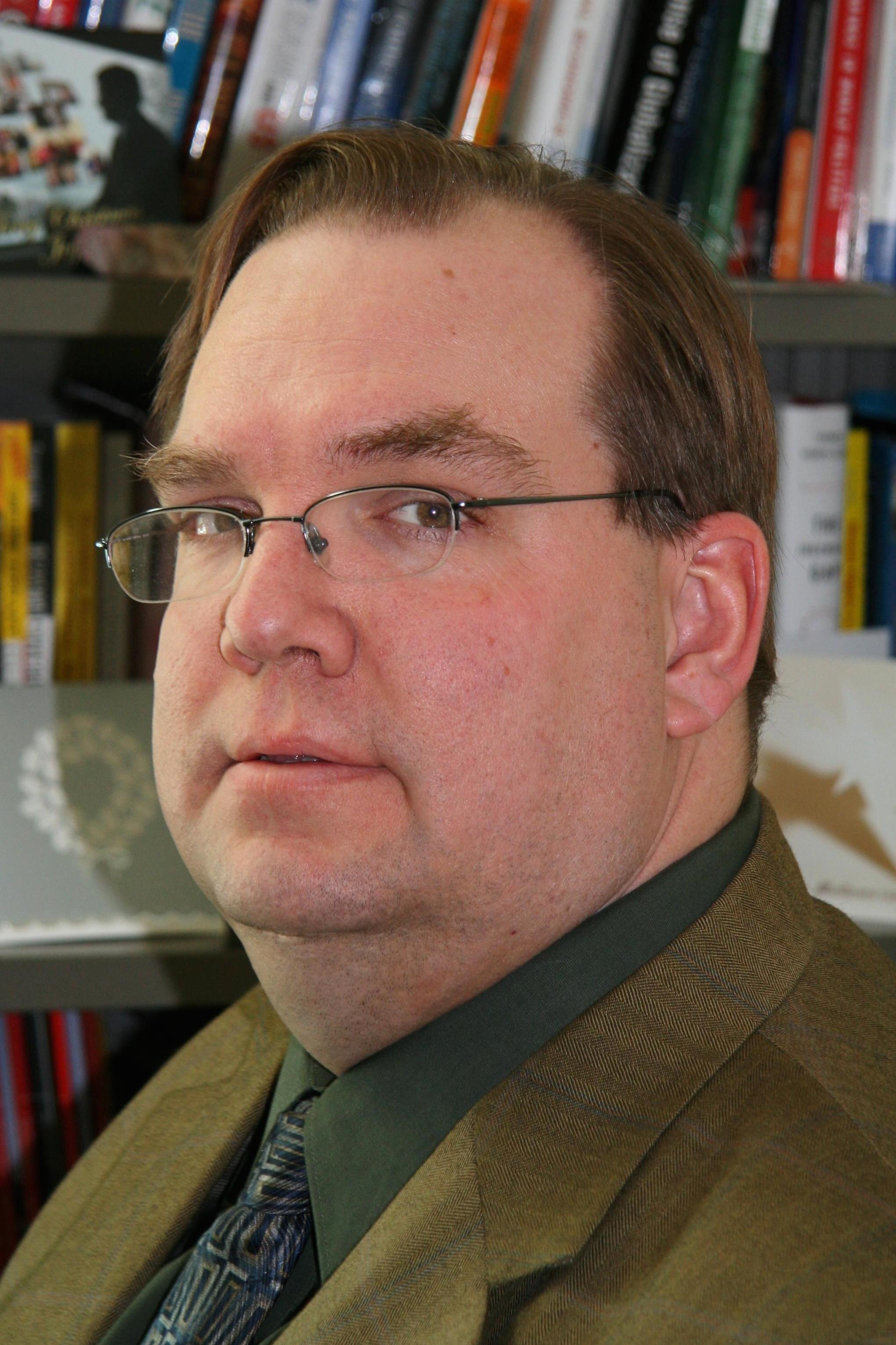Could there be enough momentum left in the Orange Wave that swamped the Alberta Progressive Conservative Party on May 5 to let a few more New Democrat members of Parliament from Wild Rose Country surf their way into the House of Commons?
Writing in the Globe and Mail on Friday and busily commentating elsewhere, political scientist Duane Bratt spoke for the smart money when he predicted a few more seats in the Edmonton area where the NDP enjoys strong support and a shutout in the rest of the province.
This becomes an important question with the federal election campaign — so far — shaping up as a three-way tie among the government Conservatives, the Opposition New Democrats and the Liberals.
Dr. Bratt, a professor at Calgary’s Mount Royal University, enumerates what he thinks are some of the structural problems the NDP faces in Alberta — buyers’ remorse by some of the voters who wanted to dump the provincial PCs, NDP Leader Thomas Mulcair’s supposedly weak performance on the energy file, and a shortage of strong New Democrat candidates in much of the province.
But what passes for conventional wisdom around here is mostly what reverberates through the reliably Conservative echo chamber of the mainstream media, and it’s possible the policies of Rachel Notley’s NDP Government are more popular than Dr. Bratt thinks (as some polls suggest) and that Mr. Mulcair’s views on the oilpatch, if they’ve registered at all, may not be as unpopular as the media and the Online Tory Rage Machine want us to think.
It’s quite true, though, that there’s a shortage of good NDP candidates for the simple reason so many of the people who could be counted on to reliably run for the party election after election got themselves full-time jobs in the provincial Legislature on May 5.
Prime Minister Stephen Harper is certainly pushing the idea that electing the NDP in Alberta was a “disaster” people elsewhere in Canada ought not to emulate, but the evidence this early in Ms. Notley’s term in office is pretty flimsy with nearly 44 years of Conservative mismanagement for the NDP to use as an effective excuse for at least a few more months.
And the Harper Government can hardly blame the state of the economy on the fledgling NDP provincial government when they’ve been busy deflecting responsibility for the same thing at almost the same time by pointing to “global trends.“
“Look around the world, we have another crisis downturn in Europe, we have a very significant slowdown and some other related economic problems now in China, we had very negative first quarter growth in the United States,” Mr. Harper told an Ontario audience last month. “So those things have obviously affected this country and in particular through oil prices and some commodity prices.” Uh, plus the NDP in Alberta …Yeah…right…
Certainly — and this must make Mr. Harper and his Conservatives very nervous — voters in Western Canada, though historically not so much in Alberta, have shown a willingness to cross the aisle between conservative and social democratic parties with an ease that is surprising to observers and unsettling to party zealots.
In the 1988 election, the NDP elected 43 MPs, 33 of them from west of the Lakehead. Only one of those, however, was from Alberta.
In the next federal election, in 1993, they elected only nine, all from west of the Lakehead, but none in Alberta.
What happened? Large numbers of Western Canadian voters who saw themselves as perpetual outsiders switched to Preston Manning’s right-wing Reform Party. But was it Reform’s right-wing ideological appeal or its populist outsider brand that attracted them?
If it was in fact typical western outsiderism, this is not such good news for the Harper Conservatives now that they’re the ultimate Ottawa insiders, no matter what role they try to play on the hustings.
In 1993, 51 Reform MPs were elected, all but one in the West, compared with 48 Progressive Conservatives out of Brian Mulroney’s 169-seat majority in 1988. Could Western voters switch back to the NDP in similar numbers in 2015? The outcome of the May 5 election in Alberta, the least likely part of the West for this kind of thing, suggests it’s at least a possibility.
But as the historical results also show, the Conservatives have deep roots in Western Canada, so don’t rule out the possibility they’ll do better than the current summertime polls suggest because so many of the polls we’ll be looking at will over-estimate the desire for political change. After all, who stays on the line and bothers to answer those things nowadays — activists, that’s who!
Regardless, it’s pretty clear that right now about 60 per cent of the voters in Canada would like to see Prime Minister Stephen Harper gone. So it seems probable that some time after Labour Day one of the two principal Opposition parties will break out as a clearer alternative to the government.
Given recent history, it seems more likely the chances are that will be the NDP in the West.
Of course, if and when this starts to look less like a threesome and more like a two-way race, that’s when sitzkrieg will turn to blitzkrieg.
In the meantime, despite all the sound and fury of the Duffy trial and the entertaining social media commentary starting to emanate from the campaign trail, not very much of this may be registering with ordinary Canadians as they worry about such mundane autumnal matters as getting kids ready to go back to school, a more focused and serious time at work and enjoying what’s left of the summer.
But when it becomes clear which party really poses the bigger threat to the government in 2015, the Harper Cons will open up with their large-calibre guns — and no matter what we may think here about Mr. Harper’s party or his policies, we would be fools not to recognize that they know a thing or two about heavy political artillery.

This post also appears on David Climenhaga’s blog, AlbertaPolitics.ca.



